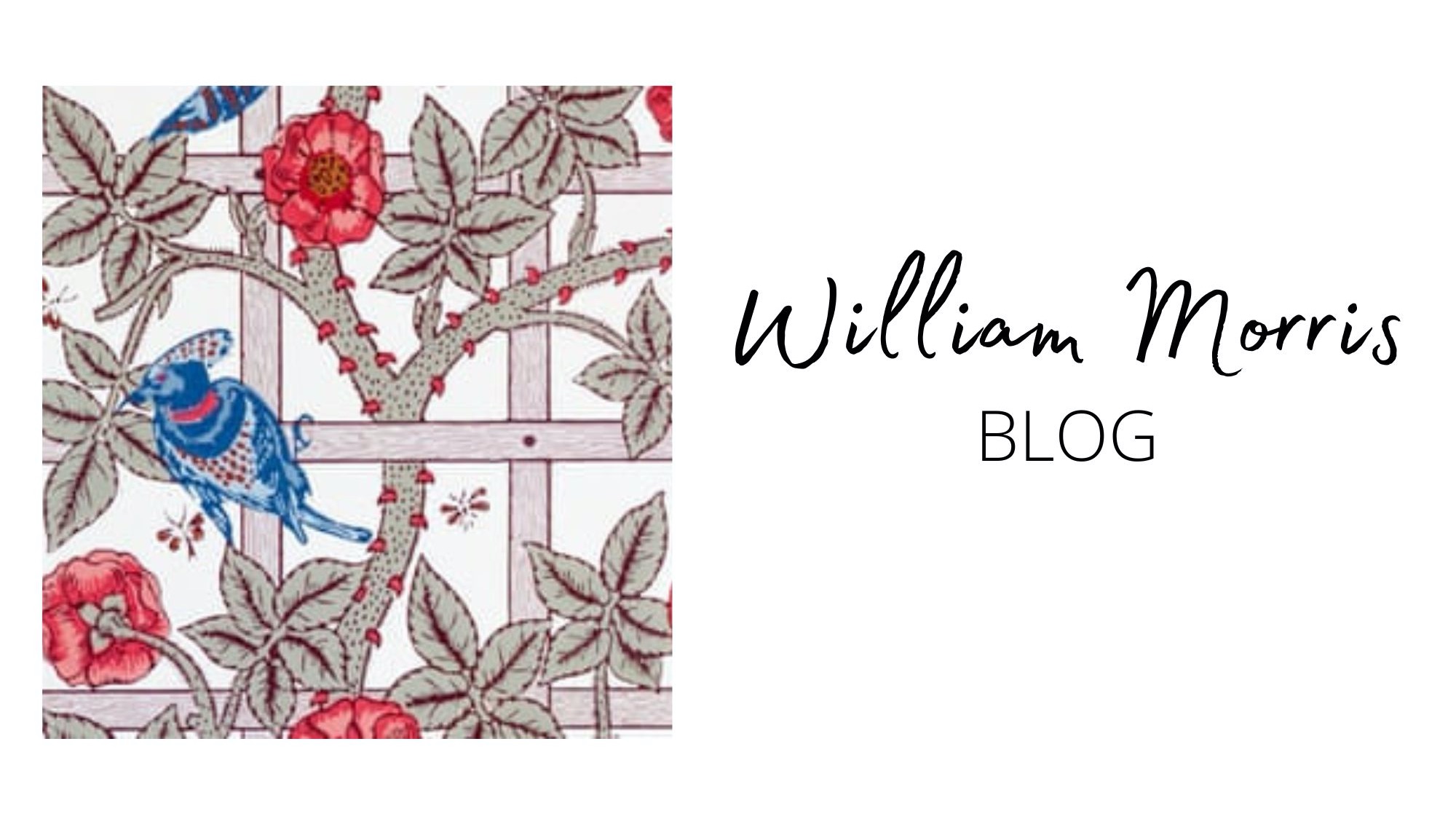William Morris: British textile designer, poet, artist, writer, socialist and activist
Aug 01, 2023
William Morris
1834 - 1896
Was a British textile designer, poet, artist, writer, socialist and activist associated with the British arts and crafts movement.
Born in Walthamstow, Essex, to a wealthy middle class family. He was educated at Marlborough College and then Oxford.
He was interested in the Medievalist movement, which rejected many of the vaues of Victorian capitalism. Inspired by the mediaeval architecture of Oxford, he saw the middle ages represented by strong chivalric values and community.
Morris was heavily influenced by the writing of John Ruskin, rejecting tawdry factory manufacturing of decorative arts in favour of handcrafted pieces. Raising craftsmen to status of artists and creating art that is affordable and handmade, with no hierachy of artistic mediums.
After he graduated, Morris started working with an architect and was apprenticed to architectural drawing and was placed under the supervision of the young Neo Gothic architect Phillip Webb.
Morris was fascinated with rural life depicted by the Pre-Raphaelite’s including Edward Burne Jones and Dante Gabrielle Rosetti. He had already grown bored of achitecture so decided to take up painting instead.
He met Jane Burden at a theatre performance, and they were married at a low key ceremony 1859. She later admitted to never loving Morris and had a long running affair with Rossetti, one of morris’ closest friends.
Morris desired a new home for him and his new family, so he and Webb designed the Red House together. It was named after the red bricks and tiles it was made of and was “very medieval in spirit”
Morris and Jane moved into Red House in 1860 and, unhappy with what was on offer commercially, spent the next two years furnishing and decorating the interior with help from members of their artistic circle. Huge murals and hand-embroidered fabrics decorated the walls, creating the feel of a historical manor house.
Prompted by the success of their efforts (and the experience of 'joy in collective labour'), Morris and his friends (Rosetti, Webb and Burne Jones) decided in 1861 to set up their own interiors company: Morris, Marshall, Faulkner & Co. Everything was to be created by hand, a principle that set the company firmly against the mainstream focus on industrialised 'progress'.
Have nothing in your houses that you do not know to be useful or believe to be beautiful.
Wiiliam Morris
In his lifetime, he was known best as a poet, postumousely for his designs. The first wallpaper he designed was in 1862 called “trellis”
Over the next decade he continued to design at an impressive rate, adding at least 32 printed fabrics, 23 woven fabrics and 21 wallpapers – as well as more designs for carpets and rugs, embroidery and tapestry – to the company's range of goods.
In 1875 he assumed complete control of the company renaming it Morris and Co.
Morris designed tapestries, wallpapers, fabrics, furniture, and stained glass windows.
They promoted affordability and anti-elitism but over time their work became fashionable with the Bourgeousie.m
Towards the end of his career, Morris began to focus increasingly on his writing, Infused with his socialist ideas and romantic utopianism, this book offers Morris's vision of a simple world in which art or 'work-pleasure' is demanded of and enjoyed by all.
In 1891 Morris set up the Kelmscott Press. The books the Press produced – eventually, a total of 66 – were printed and bound in a medieval style, with Morris designing their typefaces, initial letters and borders. The most famous of these is an illustrated edition of the works of Geoffrey Chaucer, which was published in 1896, a few months before Morris's death
Want to join my FREE Pen and Watercolour course?

